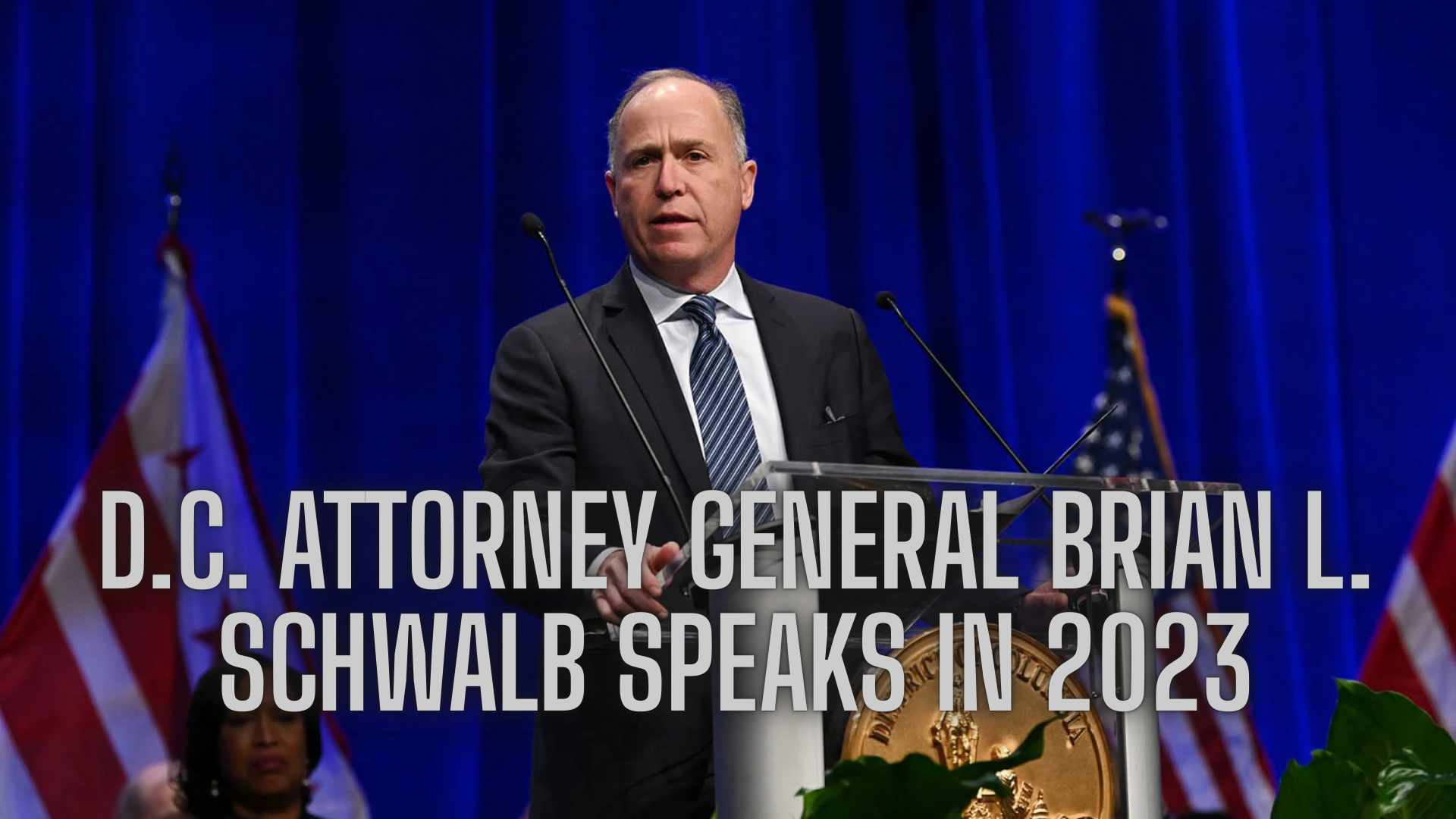Right now, the U.S. political landscape is more tangled than ever—like navigating a corn maze with no map. For every poll that spells trouble for Republicans, there’s another that suggests Democrats shouldn’t get too comfortable either.
This contradictory data leaves even seasoned analysts scratching their heads and asking, in the words of Vince Lombardi: “What the heck is going on out there?”
Trump’s Approval Rating: A Mixed Bag
Let’s start with former President Donald Trump. His approval rating, according to a recent Gallup poll, sits at just 37%—a steep drop from the 47% he enjoyed at the start of his second term. That poll made headlines for a reason.
But then there’s the Wall Street Journal, which found a different story: Trump’s net approval rating (approval minus disapproval) was only slightly negative, at –6 percentage points. His approval rating was 46%, not far from where it was earlier this year. Some surveys even show him nearly breaking even in approval and disapproval.
Things get even murkier when you dig into the details. Trump’s numbers among independent voters are weaker than any president at this stage in office. But his support among Republicans has held remarkably steady.
Despite the conflicting data, the overall average shows Trump’s net approval is still in the negative. But it’s hard to say exactly where things stand. Over the last decade, poll ranges—not averages—have often provided a better sense of possible outcomes.
Party Affiliation: A Dead Heat?
Pollsters routinely ask voters whether they identify as Democrat, Republican, or independent, and then probe further to see which way independents lean. This measure—party identification—is key to understanding voting behavior. Most Democrats back Democrats, and Republicans back Republicans.
That’s why last week’s Pew Research Center benchmark poll caught attention. It found 46% of Americans identify as or lean Republican, compared to 45% who lean Democratic. That’s almost identical to the numbers before Trump’s re-election.
But Pew isn’t the only source. Polls from Quinnipiac University show movement in the other direction. Early in the year, Republicans held a slight 1- to 3-point advantage in party affiliation. By April and June, Democrats were ahead by 2 to 4 points in multiple polls.
Which is right? It’s unclear. The truth likely lies somewhere in between. Democrats might have a modest edge, but that’s not particularly strong on a measure they’ve typically led.
The Generic Congressional Ballot: Slight Edge for Democrats
The generic congressional ballot—which asks voters whether they’d choose a Democrat or Republican for Congress—offers another glimpse into public sentiment.
So far, Democrats seem to hold a narrow lead. The Wall Street Journal gives them a 3-point edge among registered voters. A Reuters/Ipsos poll from June finds the race neck-and-neck: 40% Democrat vs. 38% Republican.
That’s well below the 7-point leads Democrats had in 2005 and 2017, both years that preceded major Democratic gains in midterm elections.
Still, it’s not all bad news for Democrats. The Journal poll shows improvement from its final 2024 poll, when Republicans led by 4 points. Meanwhile, Ipsos’ numbers haven’t moved much since 2024, the year Republicans managed to retain control of the House.
But when looking at the House seat-by-seat landscape, the map doesn’t favor Democrats. Cook Political Report and Inside Elections both show more vulnerable Democratic-held seats than Republican ones. And that’s before any possible redistricting efforts—like expected GOP-friendly changes in Texas or Democratic countermeasures elsewhere.
Back in 2005 and 2017, Democrats had more pickup opportunities at this point in the cycle. That’s not the case in 2025.
It’s also worth noting: Democrats don’t need a massive wave to flip the House. Thanks to the GOP’s slim majority, just a few gains could shift control. But with a smaller-than-usual lead in national polls and a tough electoral map, that’s far from guaranteed.
So… What’s Going On?
To sum it up: Trump is still unpopular overall, and that usually means trouble for his party heading into the midterms. But we’ve seen this movie before. In 2022, President Biden’s approval rating was in the gutter, yet Democrats held on better than expected. Republicans narrowly captured the House, but it was hardly the red wave many anticipated.
This time feels even more uncertain.
And let’s not forget—we’re still in 2025. There’s plenty of time for major events to reshape the race. In 2022, it was the Supreme Court overturning Roe v. Wade that galvanized Democrats.
Bottom line: there’s still a long road ahead, and the political winds can shift fast. If you’re confused now, buckle up—there’s more turbulence to come.



